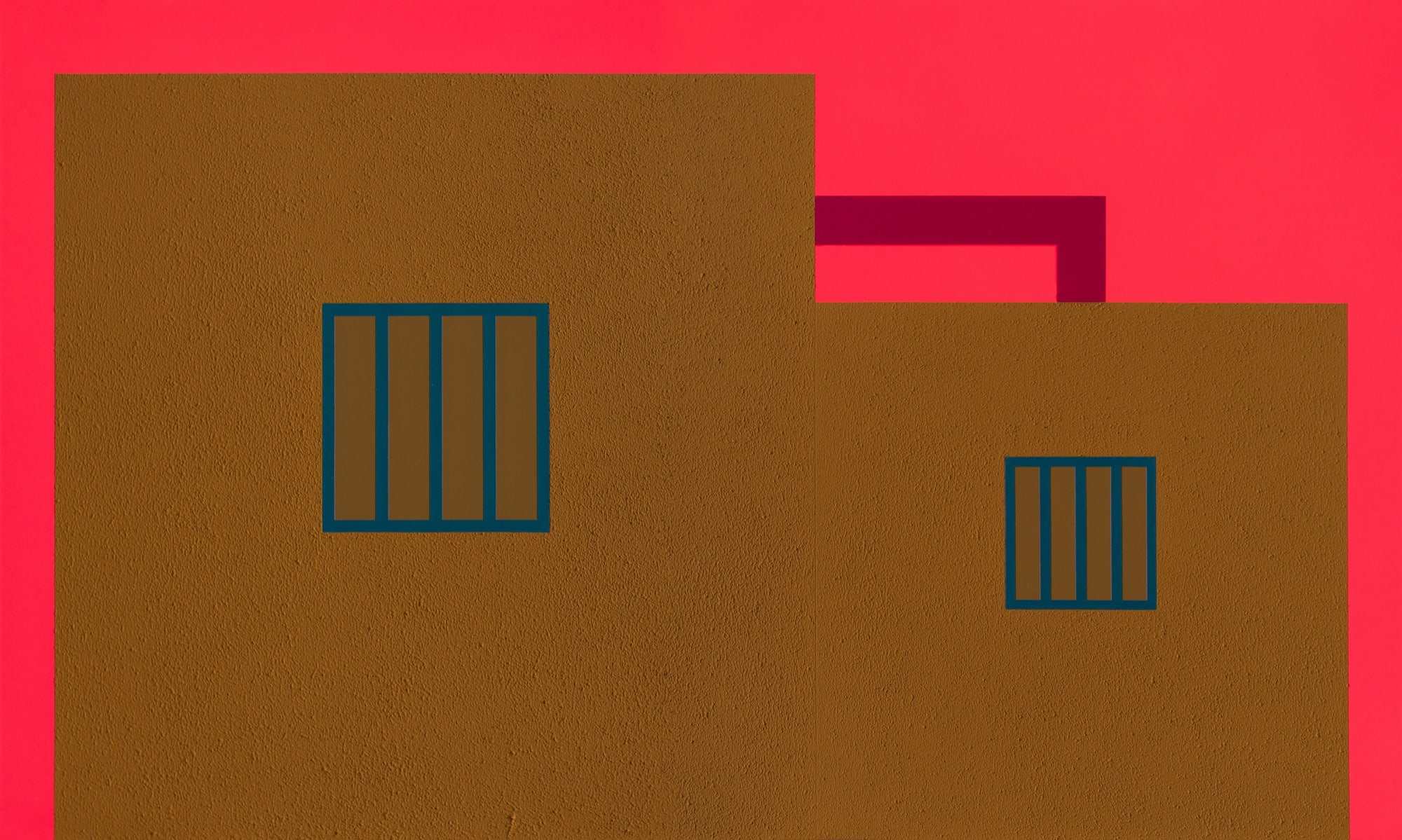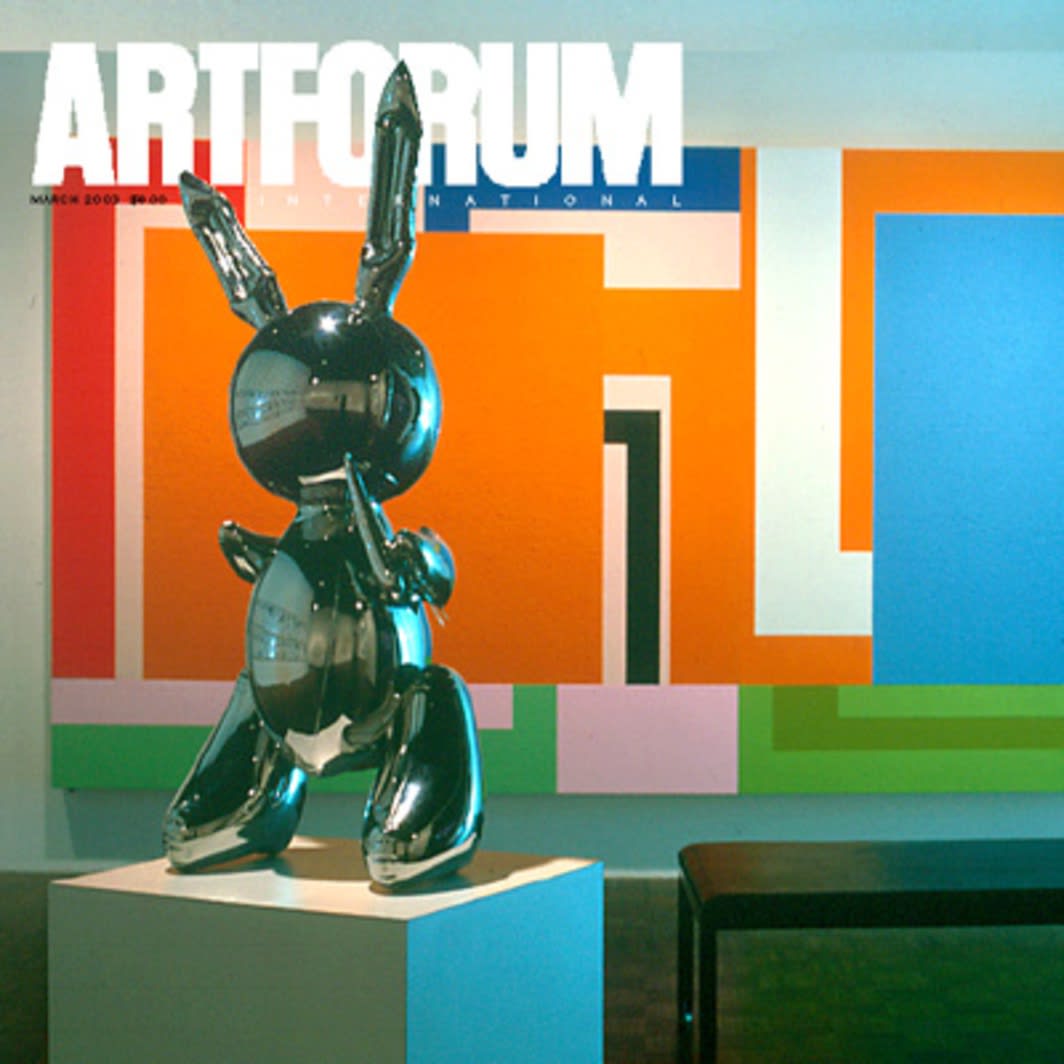Early Works: Peter Halley
one panel
fluorescent acrylic and Roll-a-Tex on canvas
63 1/4 x 78 1/8 x 3 1/8 in
In honor of Peter Halley's forthcoming monographic exhibition at the MUDAM entitled Conduits. Paintings from the 1980s opening on March 31, 2023, we are pleased to present works by the artist that highlight this important formative period.
- X
- Tumblr
-
 Peter HalleyRed Cell with Orange Background, 1985Signed, titled and dated on reverse
Peter HalleyRed Cell with Orange Background, 1985Signed, titled and dated on reverse
one panel
fluorescent acrylic and Roll-a-Tex on canvas160.5 x 198.5 x 8 cm
63 1/4 x 78 1/8 x 3 1/8 in -
 Peter HalleyYellow Cell with Triple Conduit, 1986two attached panels
Peter HalleyYellow Cell with Triple Conduit, 1986two attached panels
acrylic, fluorescent acrylic, and Roll-a-Tex on canvas196 x 196 x 10 cm
77 1/8 x 77 1/8 x 4 in -
 Peter HalleyPrevention Mechanism, 1989one panel
Peter HalleyPrevention Mechanism, 1989one panel
acrylic, fluorescent acrylic, and Roll-a-Tex on canvas196 x 329 x 4 cm
77 1/8 x 129 1/2 x 1 5/8 in -
 Peter HalleyWorld of Mire, 1991two attached panels
Peter HalleyWorld of Mire, 1991two attached panels
acrylic, fluorescent acrylic, and Roll-a-Tex on canvas214 x 207 cm
84 1/4 x 81 1/2 in -
 Peter HalleyTodd, 1991two attached panels
Peter HalleyTodd, 1991two attached panels
acrylic, fluorescent acrylic, and Roll-a-Tex on canvas229 x 217 cm
90 1/8 x 85 3/8 in -
 Peter HalleyException, 1997acrylic, metallic acrylic, pearlescent acrylic and Roll-A-Tex on canvas188 x 178 x 10 cm
Peter HalleyException, 1997acrylic, metallic acrylic, pearlescent acrylic and Roll-A-Tex on canvas188 x 178 x 10 cm
74 x 70 1/8 x 4 in
-
 Peter HalleyNowhere, 1992Acrylic, fluorescent acrylic, and Roll-a-Tex on canvas87 x 157 1/8 x 4 in
Peter HalleyNowhere, 1992Acrylic, fluorescent acrylic, and Roll-a-Tex on canvas87 x 157 1/8 x 4 in
221 x 399 x 10 cm -
 Peter HalleyPrison, 1985one panel
Peter HalleyPrison, 1985one panel
fluorescent acrylic and Roll-a-Tex on canvas163 x 163 cm
64 1/8 x 64 1/8 in -
 Peter HalleyBlack Cell with Underground Sequence, 1986three attached panels
Peter HalleyBlack Cell with Underground Sequence, 1986three attached panels
acrylic, fluorescent acrylic, Flashe, and Roll-a-Tex on canvas175 x 289 x 8.5 cm
68 7/8 x 113 3/4 x 3 3/8 in -
 Peter HalleyBlack Cell, 1989two attached panels
Peter HalleyBlack Cell, 1989two attached panels
acrylic, fluorescent acrylic, Flashe, and Roll-a-Tex on canvas229 x 267 x 9.5 cm
90 1/8 x 105 1/8 x 3 3/4 in
Related artist
Join our mailing list
* denotes required fields
In order to respond to your enquiry, we will process the personal data you have supplied to communicate with you in accordance with our Privacy Policy. You can unsubscribe or change your preferences at any time by clicking the link in our emails. This site is protected by reCAPTCHA and the Google: Privacy Policy and Terms of Service apply.
This website uses cookies
This site uses cookies to help make it more useful to you. Please contact us to find out more about our Cookie Policy.
Join our mailing list
* denotes required fields
In order to respond to your enquiry, we will process the personal data you have supplied to communicate with you in accordance with our Privacy Policy. You can unsubscribe or change your preferences at any time by clicking the link in our emails. This site is protected by reCAPTCHA and the Google: Privacy Policy and Terms of Service apply.














